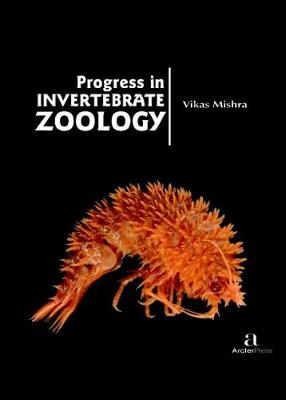Invertebrates are vastly diverse group of animals, with a characteristic feature of absence of backbone, and comprises 97% of all animal species. Invertebrate diversity ranges from protozoa to Echinodermata and because of that fact, this subdivision of zoology has many further subdivisions, including but not limited to sponges, mollusks, worms, spiders and insects. Invertebrate is any animal that lacks a vertebral column, or backbone, in contrast to the cartilaginous or bony vertebrates. More than 90 percent of all living animal species are invertebrates. Worldwide in distribution, they include animals as diverse as sea stars, sea urchins, earthworms, sponges, jellyfish, lobsters, crabs, insects, spiders, snails, clams, and squid. Invertebrates are especially important as agricultural pests, parasites, or agents for the transmission of parasitic infections to humans and other vertebrates. Invertebrates serve as food for humans and are key elements in food chains that support birds, fish, and many other vertebrate species. Apart from the absence of a vertebral column, invertebrates have little in common. Indeed, they are distributed between more than 35 phyla. In contrast, all vertebrates are contained within a single phylum, the Chordata. (Phylum Chordata also includes the sea squirts and some other invertebrate groups.) Invertebrates are generally soft-bodied animals that lack a rigid internal skeleton for the attachment of muscles but often possess a hard outer skeleton (as in most mollusks, crustaceans, and insects) that serves, as well, for body protection. Invertebrates display a fascinating diversity of body forms, means of locomotion, and feeding habits. Invertebrates are ectotherms: they warm their bodies by absorbing heat from their surroundings. Most invertebrates live in water or spend at least some part of their life in water. The external layers of aquatic invertebrates are generally thin and permeable to water. This structure allows the ready exchange of gases needed to keep the animal alive. Some aquatic vertebrates do have specialized respiratory (breathing) structures on their body surface. Aquatic invertebrates feed by ingesting their prey directly, by filter feeding, or by actively capturing prey. This book summarizes the results of diverse worldwide research and investigation into recent developments in all classes of Invertebrate Zoology. This is an effort to understand the advances in the invertebrate’s studies, although this is not a comprehensive effort towards each individual class of invertebrates. It is also far away from the typical text book of invertebrate taxonomical classification, still it’s a compilation of recent studies and applications of invertebrates.
- ISBN13 9781680945164
- Publish Date 30 November 2016
- Publish Status Active
- Publish Country CA
- Imprint Arcler Education Inc
- Format Hardcover
- Pages 320
- Language English
